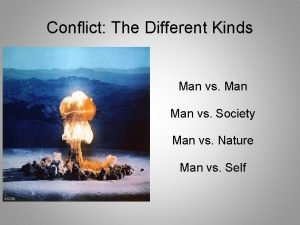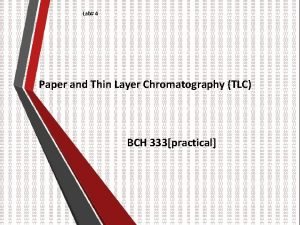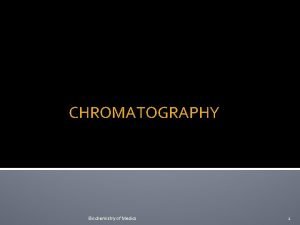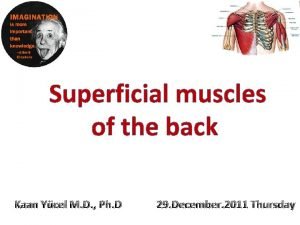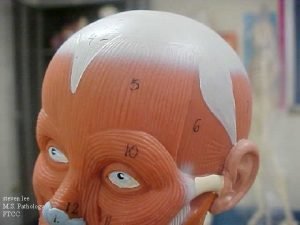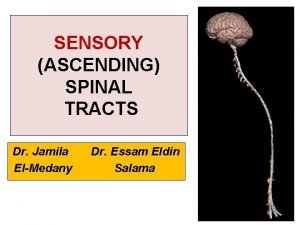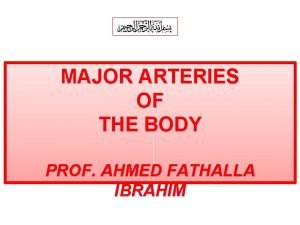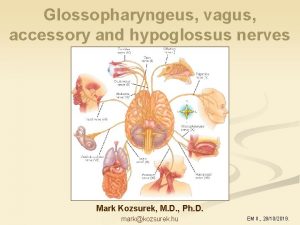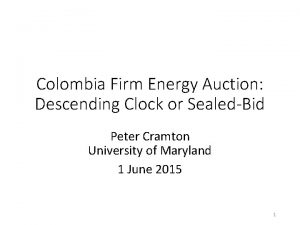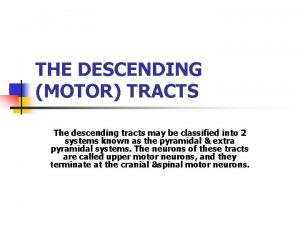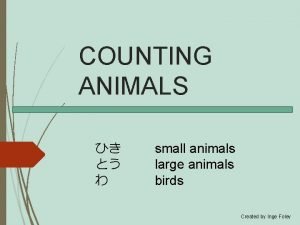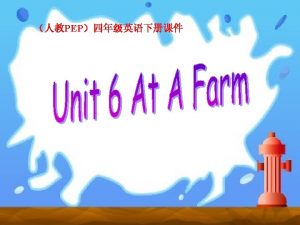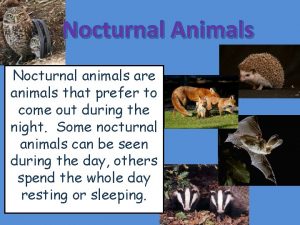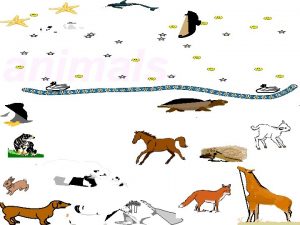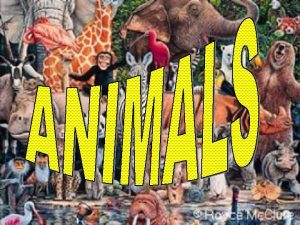DESCENDING CONTROL Studies in animals and man show

















- Slides: 17

DESCENDING CONTROL • Studies in animals and man show anti-nociception and analgesia from stimulation or opioid administration to many supraspinal centres • CORTEX – via corticospinal efferents – terminations in superficial laminae – may be inhibitory or excitatory and influence nonnoxious stimuli as well • HYPOTHALAMUS – many afferents and efferents - including NTS, PAG, LC, parabrachial nuclei, raphe nuclei – widespread reciprocal innervation – direct projection to lamina I – may be bulbospinal relay for descending inhibition

MID BRAIN • PERIAQUECDUCTAL GRAY (PAG) – surrounds cerebral aqueduct – extensive afferent and efferent projections – morphine and electrical stimulation produce potent antinociception – PAG descending inhibition is via NRM • EAA are neurotransmitters there • LOCUS COERULEUS (LC) – noradrenergic containing neurones – adjacent to 4 th ventricle – diffusely innnervates CNS at all levels – descending NAD fibres inhibit dorsal horn nociceptive activity and spinal nociceptive reflexes


(Serotonin) Text Fig. 18 -20

Text Fig. 18 -21

Text Fig. 18 -19

Text Fig. 18 -7

deafferentation pain posterior root entry zone) procedure

deafferentation pain anterolateral cordotomy Vs posterior root entry zone) procedure

Spinocervicothalamic pathway

Sensory pathways to the cerebellum

Posterior Spinocerebellar Tract Cuneocerebellar Tract Anterior Spinocerebellar Tract Rostral Spinocerebellar Tract

Case Study

Syringomyelia

C 5 C 6 C 7 Midline


 Man vs. society
Man vs. society Is a horse a producer consumer or decomposer
Is a horse a producer consumer or decomposer G h patel college of engineering and technology
G h patel college of engineering and technology Animals that eat both plants and animals
Animals that eat both plants and animals Difference between ascending and descending chromatography
Difference between ascending and descending chromatography Chromatography biochemistry
Chromatography biochemistry Learning outcomes of ascending and descending order
Learning outcomes of ascending and descending order Disimilar fraction
Disimilar fraction Paradigm shift from women studies to gender studies
Paradigm shift from women studies to gender studies Https://a-z-animals.com/animals/
Https://a-z-animals.com/animals/ Nuchal line muscle attachment
Nuchal line muscle attachment Pathology
Pathology Cerebellar signs
Cerebellar signs Aortic arch branches
Aortic arch branches Hepatic plexus
Hepatic plexus Descending motor pathways
Descending motor pathways Glossopharyngeal nerve branches
Glossopharyngeal nerve branches Descending clock auction
Descending clock auction
